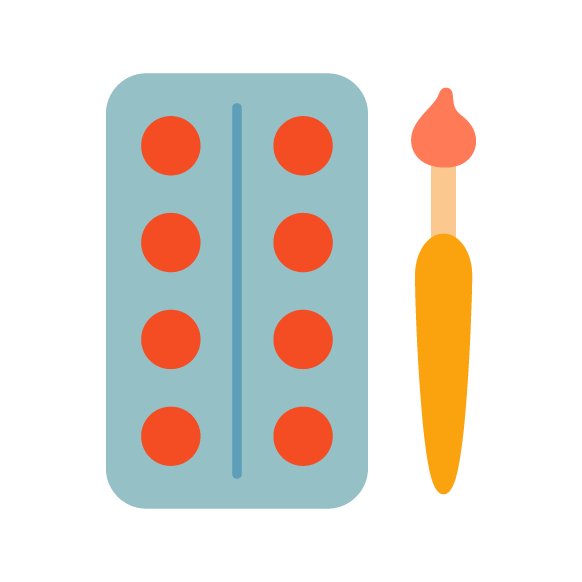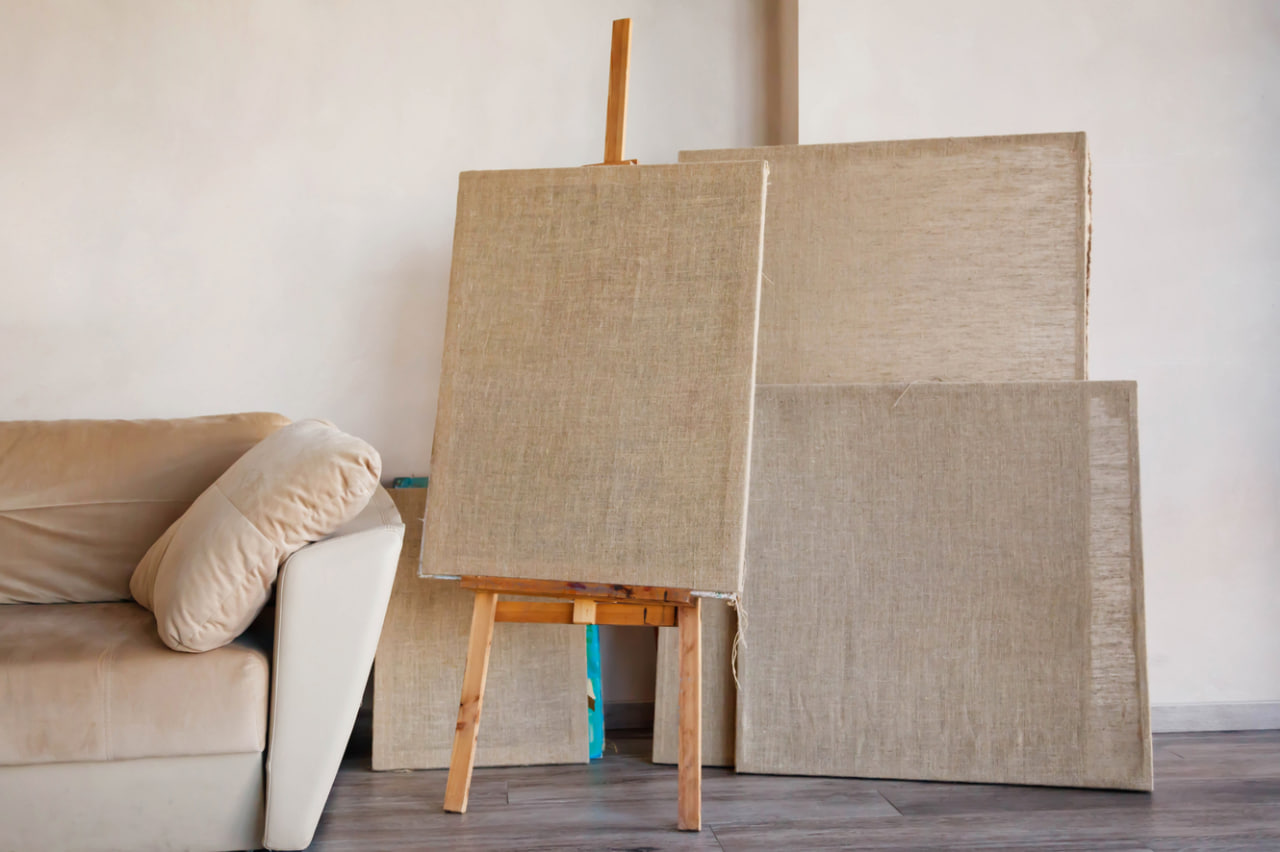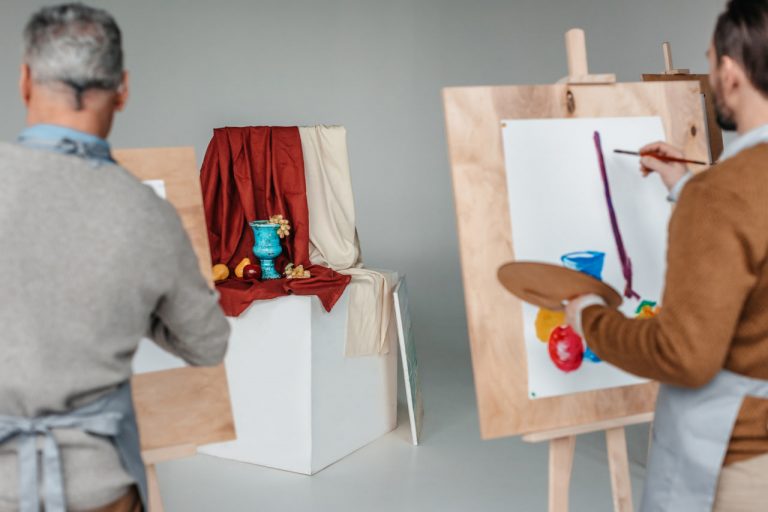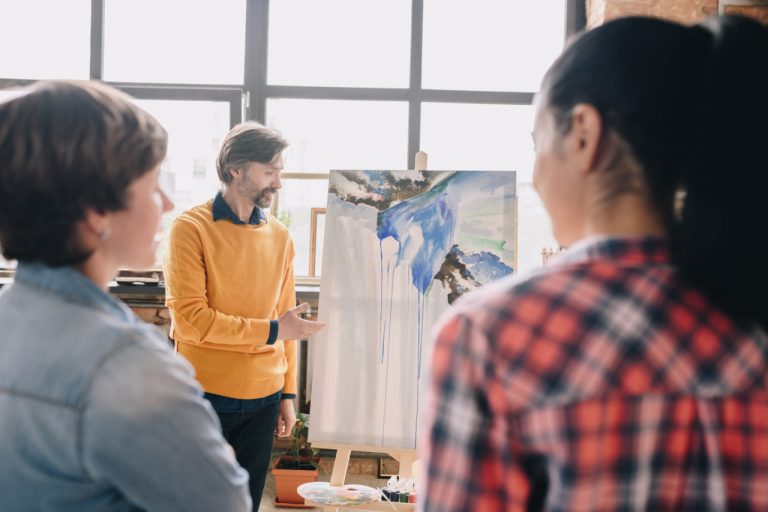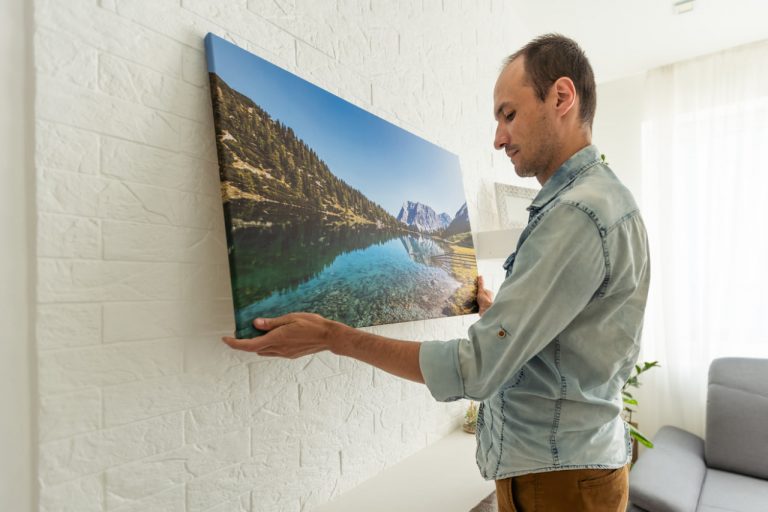Painting from Life: How Observation Transforms Technique
The Power of Painting from Life
Painting from life—the practice of working directly from real-world subjects—has been a cornerstone of artistic training for centuries. Unlike painting from photographs or imagination, observing a subject in real time challenges artists to engage all their senses and sharpen their perception. This direct interaction with form, light, color, and space has the power to profoundly transform an artist’s technique, bringing vitality and authenticity to their work.
Painting from life is more than a method; it’s an experience that deepens your understanding of the world around you and enhances your ability to translate it onto the canvas. Through careful observation, artists develop skills that cannot be fully replicated by any other approach.
Seeing Beyond the Surface
One of the greatest lessons of painting from life is learning to see beyond the obvious. Our brains tend to simplify and categorize objects quickly, often overlooking subtle details that make a subject unique. When painting from life, you slow down and begin to notice variations in color, the way light interacts with surfaces, and the complex shapes that form shadows and highlights.
This heightened awareness trains artists to observe values—the relative lightness or darkness of colors—which is essential for creating depth and volume. It also sharpens your ability to discern edges, whether they are hard and defined or soft and blurred, helping to convey realism or mood.
The act of looking closely fosters a deeper connection to the subject. This connection often translates into more expressive, nuanced paintings that communicate the essence of what is being portrayed rather than just a flat likeness.
Capturing Light and Atmosphere
Light is one of the most challenging and rewarding elements to capture in painting. When working from life, you experience firsthand how natural or artificial light changes constantly throughout the day, affecting color temperature, shadows, and reflections. This dynamic quality encourages artists to paint quickly and intuitively, adapting their technique to changing conditions.
Painting outdoors, or “en plein air,” offers unique opportunities to capture the atmosphere and fleeting moments of light. It trains you to work in layers, starting with basic shapes and values before refining details as the light shifts.
Through direct observation, artists learn to mix colors that accurately reflect the warmth or coolness of light in a scene. This skill is difficult to master using only photographs, which can distort or flatten color and contrast.
Developing Technical Skills Through Observation
Painting from life also promotes technical growth. Because you are observing real forms and colors, you must accurately translate three-dimensional objects onto a two-dimensional surface. This requires a solid understanding of perspective, proportion, and anatomy, all of which improve with repeated practice.
The process encourages patience and discipline, as life subjects don’t pause or wait for you to get it right. You learn to make quick decisions about what to include, what to simplify, and when to adjust your brushwork or color choices.
By regularly painting from life, your hand-eye coordination improves, as does your ability to mix precise colors and render subtle textures. Over time, your brushwork becomes more confident and expressive, directly informed by your observation rather than guesswork.
Overcoming Challenges and Building Confidence
Painting from life can feel intimidating, especially for beginners. The complexity of observing constantly changing light, intricate shapes, and subtle colors may feel overwhelming. However, these challenges provide invaluable lessons.
Start with simple subjects—still lifes with basic shapes, everyday objects, or flowers—and gradually increase complexity as your skills grow. Allow yourself to make mistakes and learn from them. Remember that each session is a step forward in developing both your technical and observational abilities.
The more you paint from life, the more confident you become. Your visual memory strengthens, and you start to internalize how light and form behave. This confidence translates into more expressive paintings and a deeper trust in your own artistic judgment.
Bridging Observation and Creativity
While painting from life emphasizes observation, it does not limit creativity. In fact, it lays a strong foundation upon which imagination can flourish. Once you have mastered the technical aspects of seeing and rendering, you can begin to interpret subjects in personal and innovative ways.
Many artists use life studies as the groundwork for more stylized or abstract work. The knowledge gained from careful observation informs decisions about composition, color choices, and brushwork, even when the final painting departs from strict realism.
Painting from life, therefore, becomes a dialogue between the external world and your internal vision—a balance of what you see and how you feel.
